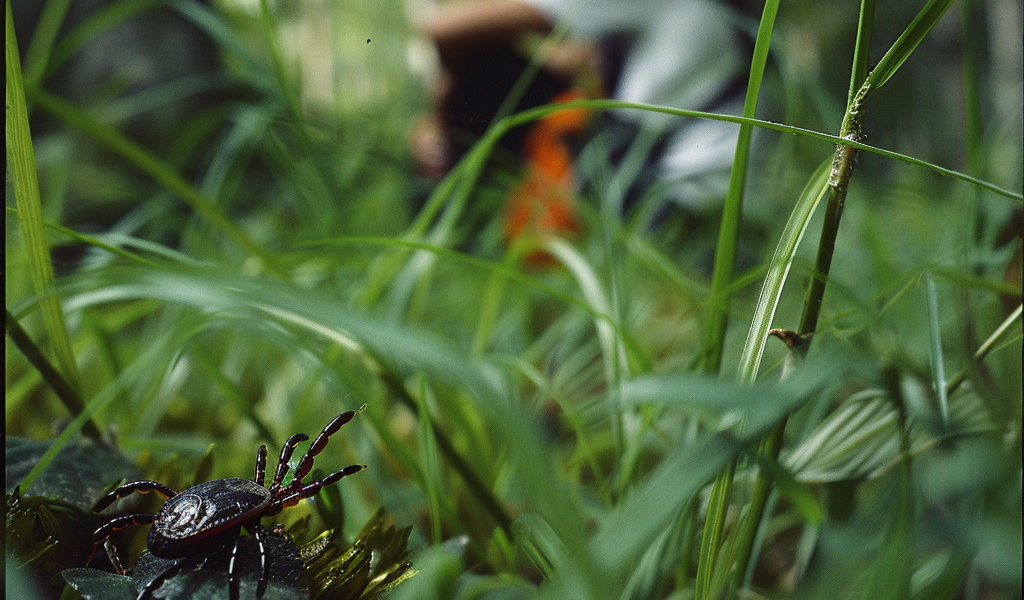Recent research from Penn State Health Milton S. Hershey Medical Center and Penn State College of Medicine has raised alarms regarding the increasing prevalence of babesiosis, a tick-borne parasitic disease often referred to as “American malaria.” The study, published in the journal Open Forum Infectious Diseases, indicates that the incidence of this disease has surged by an average of 9% annually in the United States from 2015 to 2022.
Babesiosis is transmitted through the bites of black-legged ticks, primarily found in the Northeastern and Midwestern regions of the country. The parasite infects red blood cells, leading to flu-like symptoms in some individuals, while others may remain asymptomatic. However, the disease can be particularly dangerous for older adults and those with compromised immune systems or absent spleens.
In the study, researchers discovered that nearly 40% of patients diagnosed with babesiosis were also co-infected with other tick-borne diseases, such as Lyme disease. This co-infection raises concerns over the complexity of treatment and the potential for increased health risks. Paddy Ssentongo, an infectious disease fellow and lead author of the study, emphasized the importance of heightened awareness among clinicians regarding co-infection in patients presenting with babesiosis.
“Ticks can carry other pathogens that cause diseases like Lyme disease, anaplasmosis, and ehrlichiosis,” Ssentongo noted. This interrelation between various tick-borne diseases highlights the need for comprehensive diagnostic strategies and preventive measures, particularly in regions with a high incidence of tick exposure.
The CDC has acknowledged the rising prevalence of babesiosis, which is believed to be influenced by several factors, including climate change. Shifts in temperature, humidity, rainfall patterns, and the length of seasons have altered the habitats of ticks and their animal hosts, such as deer. This environmental change has resulted in ticks spreading to new areas, increasing the risk of disease transmission.
Understanding the dynamics of vector-borne diseases like babesiosis is crucial for implementing effective public health interventions. The study underscores the necessity for health professionals to remain vigilant and proactive in diagnosing and treating tick-borne diseases, especially as climate change continues to reshape ecosystems.
Preventive measures, such as avoiding tick-infested areas, using insect repellent, and wearing protective clothing, are essential in mitigating the risks associated with tick bites. Public health initiatives aimed at educating communities about the dangers of tick-borne diseases and encouraging preventive practices are vital in combating the rising threat of babesiosis and other similar illnesses.
As we move forward, ongoing research will be critical in understanding the full impact of babesiosis and its co-infections on public health. Monitoring trends and adapting health strategies accordingly will be necessary to curb the alarming rise of this disease in the United States.





